The Jolly Green Giant is one of the most iconic symbols of American culture. For over 80 years, he has been a mainstay in advertising, and has become one of the longest-running campaigns in U.S. history. His image is recognized by people of all ages, and his presence can be felt in everything from collectibles to merchandise. The Jolly Green Giant was voted third in the top advertizing icons of all time (after the Marlboro Man and Ronald McDonald). (Click for current Jolly Green Giant collectibles on ebay)
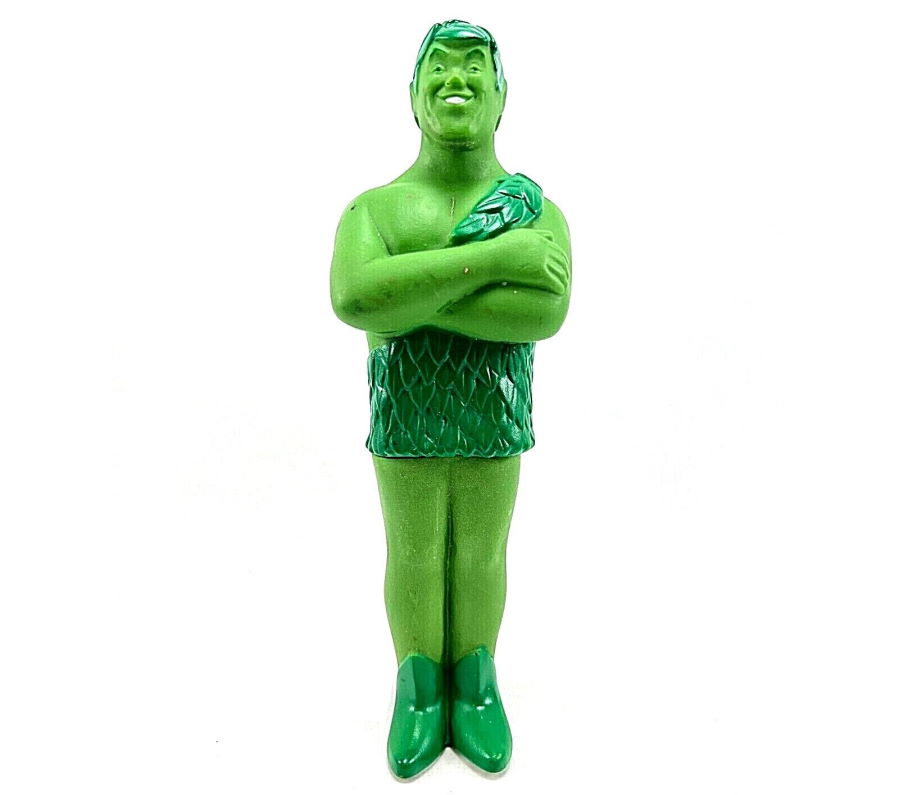
But how did the Jolly Green Giant come to be such an integral part of our lives? Let’s take a look at his history and find out.
Who is the Jolly Green Giant and where did he come from?
The Jolly Green Giant is a character who has been used in advertising for over 80 years. He is typically depicted as a large, green man with a huge smile on his face. His image is recognizable by people of all ages, and he can be found in everything from collectibles to merchandise.
The Jolly Green Giant was created in 1928 by the Minnesota Valley Canning Company. The company was looking for a way to promote a new pea, the Prince of Wales, and they decided to use a giant character in their advertising. The pea itself was huge but but had a tenderness and taste that the folks at the Minnesota Valley Canning Company could not be matched. They decided to use the size of the pea as a positive and called it Green Giant.
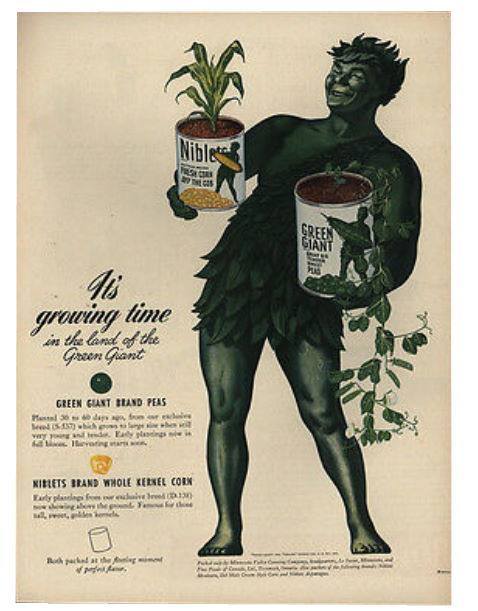
The original Green Giant mascot had very little in common with the familiar Jolly Green Giant of today. He was a scowling caveman wearing a bearskin rather than foliage. John Olson from northwestern Minnesota designed this original concept, which actually owed much to a dark Brothers Grimm fairy tale, Der Bärenhäuter – Bearskin.
The Jolly version we have come to love was appeared in 1935 was owes his look to copywriter Leo Burnett, who was working for Ad Agency Erwin, Wasey & Co. He revised the face of the brand: “he traded the bearskin for a leafy suit, gave the Giant a smile…and put the word ‘Jolly’ in front of the Giant’s name.”
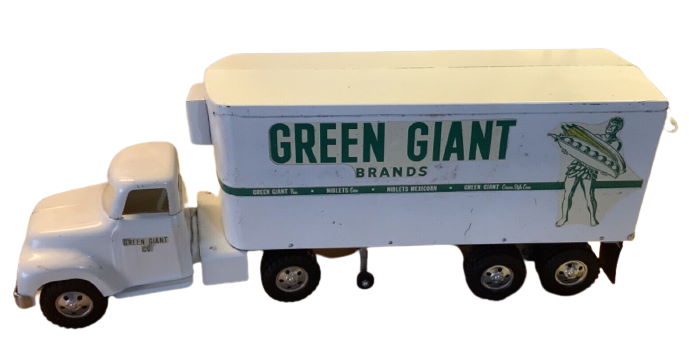
The Jolly Green Giant was friendlier and more approachable. The new mascot was based on the folklore of the American Midwest, where he was originally known as the Giant of the Stalks. His new name and look caught on quickly, and he soon became one of the most popular advertising icons of all time and an iconic symbols of American culture. He became so popular the Minnesota Canning Company became the Green Giant Company in 1950.
What was his original purpose in advertising, and how has that changed over time?
The Jolly Green Giant was originally created as a mascot for the Green Giant Company, which produced canned vegetables. His purpose was to promote the company’s products and encourage people to eat more vegetables. His image has evolved over time, and he is now also used to promote healthy eating habits and physical fitness. He look has evolved including in the 1960s when advertising frozen vegetables he was sometime given a red scarf.
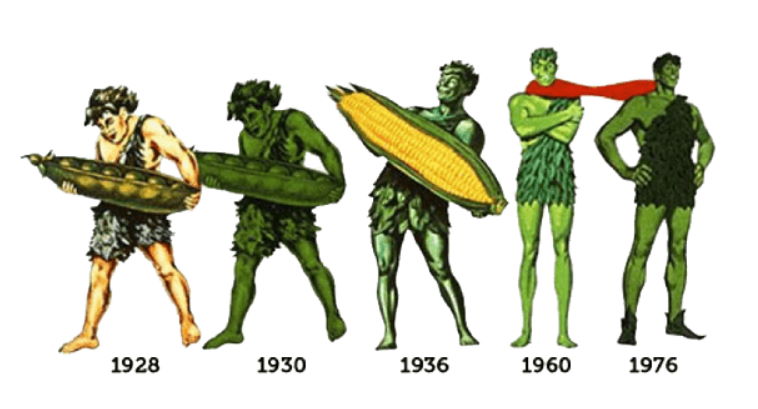
In 1972 the Jolly Green Giant received a young apprentice called the Little Green Sprout.
What are some of the most popular Jolly Green Giant collectibles and merchandise items available today?
The Jolly Green Giant is one of America’s most recognizable icons, and his image can be found on a wide variety of collectibles and merchandise items. One of the most popular Jolly Green Giant collectibles are the giant Statues that were once displayed at food stores across the country. These statues were made of fiberglass and featured the Jolly Green Giant in his signature green outfit. Today, these statues are highly sought-after by collectors and can sell for hundreds of dollars. There seems to be a few variants on the statues ranging from 7ft to 8ft tall.
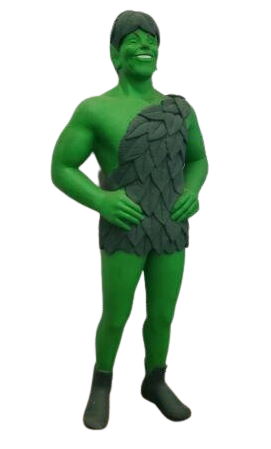
Other popular Jolly Green Giant collectibles include Tin Lunchboxes from the 1970s, Vintage Christmas Ornaments, 8-Track Tapes featuring the character’s voice, vintage advertising posters, lunch boxes, and ceramic figurines. While the value of these collectibles can vary widely, some of the most sought-after items can fetch hundreds or even thousands of dollars at auction.
There are also a range of collectibles and merchandise based on The Little Sprout.
Why has the Jolly Green Giant has been so successful in America for so many years?
There are a few reasons why the Jolly Green Giant has been so successful in America for so many years. First, he is an instantly recognizable symbol of American culture. His image is instantly recognizable to people of all ages, which makes him a powerful marketing tool. Second, he has a very likable personality. He is friendly and approachable, and people enjoy his sense of humor. Finally, he is associated with positive values like freshness and quality. People trust the Jolly Green Giant to provide them with high-quality products, and they appreciate his commitment to freshness.
Related
For more details visit https://www.greengiant.com or https://www.greengiant.eu/our-story/
Mr Peanut Collectibles information and price guide
Charlie Tuna Collectibles information and price guide
Reddy Kilowatt Collectibles information and price guide
![The Little Sprout money bank]](https://www.worldcollectorsnet.com/wp-content/uploads/2022/08/The-Little-Sprout-money-bank-225x300.jpg)







